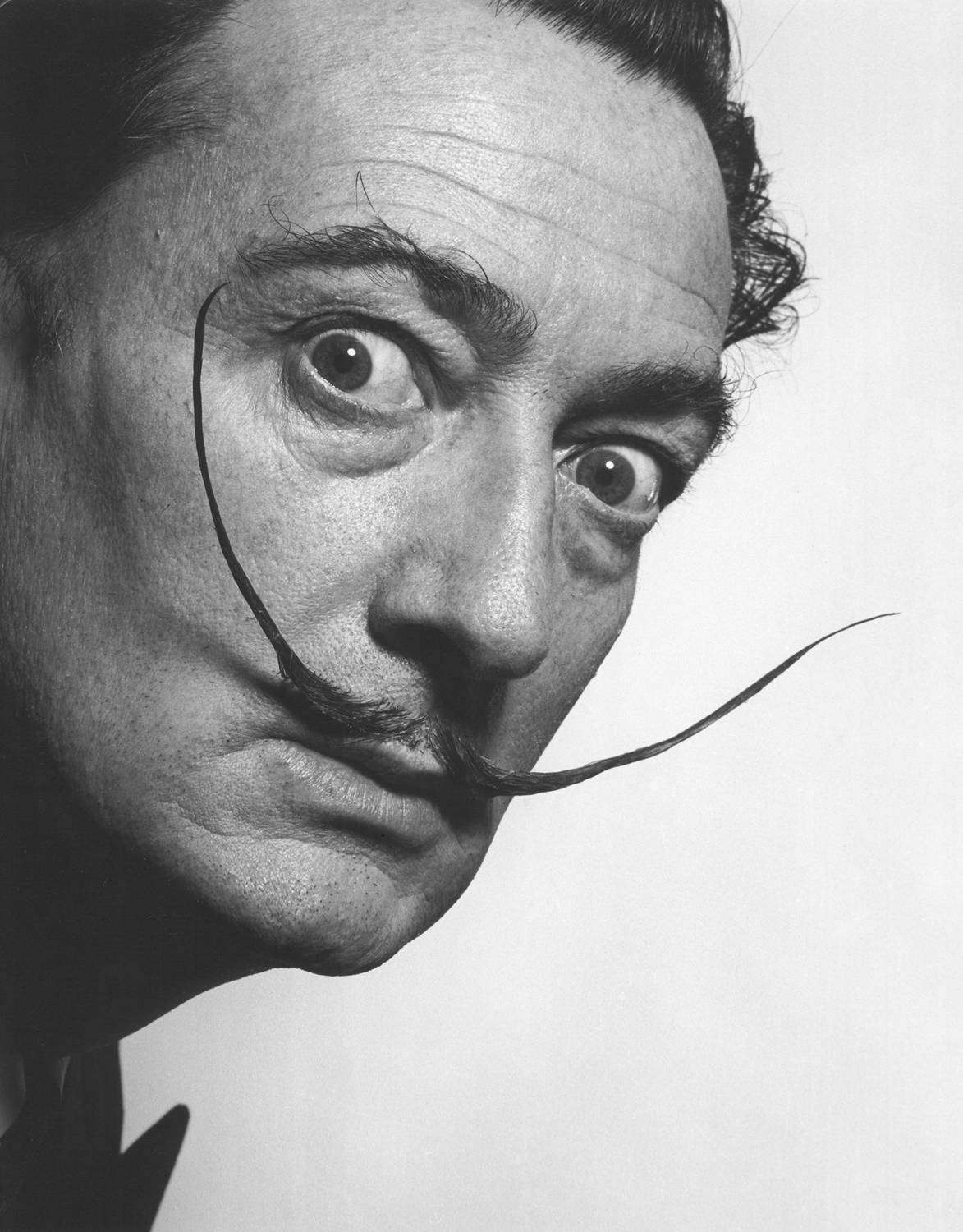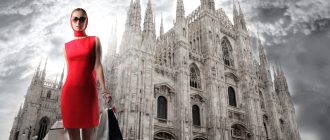Interested in the lives & works of famous Spanish artists? Want to know about their most famous paintings & sculptures? Our guide to famous Spanish artists gives oyu the facts & information you want to know.
Salvador Dali
Perhaps the most famous Spanish artist of recent times is Salvador Dali. An ostentatious painter and sculptor, Salvador Dali was perhaps the best Surrealist artist, using strange dream imagery to produce memorable and unique landscapes of his inner world. His most famous work of art is The Persistence Of Memory. Dali frequently clashed with André Breton and other famous Surrealists over the content of his paintings and the right-wing views he occasionally professed, and was expelled from the group in 1934.
Joan Miró i Ferrà
Joan Ferra was born on April 20, 1893 and died on December 25, 1983. He was a Spanish painter, sculptor, and ceramist born in Barcelona as the son of a goldsmith and watchmaker. Ferra’s art has been characterized as Surrealism, an exploration of the subconscious mind and a manifestation of Catalan pride. In several interviews dating back to the 1930s, Miró expressed disdain for conservative painting methods and his desire to “kill” them in favor of more contemporary artistic expression.
In 1959, André Breton asked Miró to represent Spain in The tribute to Surrealism exhibition together with works by Enrique Tábara, Salvador Dalí, and Eugenio Granell.Miró married Pilar Juncosa on October 12, 1929; their daughter Dolores was born July 17, 1931. Shuzo Takiguchi published the first monograph on Miró in 1940.
Picasso
Pablo Ruiz Picasso (October 25, 1881 – April 8, 1973) was a Spanish painter and sculptor of the most excellent caliber. As one of the most celebrated figures in modern art, he is best remembered for co-founding the Cubist movement and for the diverse variety of styles evident in his art. Among his most famous pieces are his depiction of the German bombing of Guernica during the Spanish Civil War, Guernica (1937), and the proto-Cubist Les Demoiselles d’Avignon (1907).
Picasso’s work is frequently categorized into periods. The most famous periods in his work are the Blue Period (1901–1904), the Rose Period (1905–1907), the African-influenced Period (1908–1909), Analytic Cubism (1909–1912), and Synthetic Cubism (1912–1919).
In 1939–40 the Museum of Modern Art in New York City staged a major exhibition of Picasso’s art works up until that time. This exhibition brought into full public view in America the scope of his artistry, and resulted in a reinterpretation of his work by contemporary art historians and scholars.





